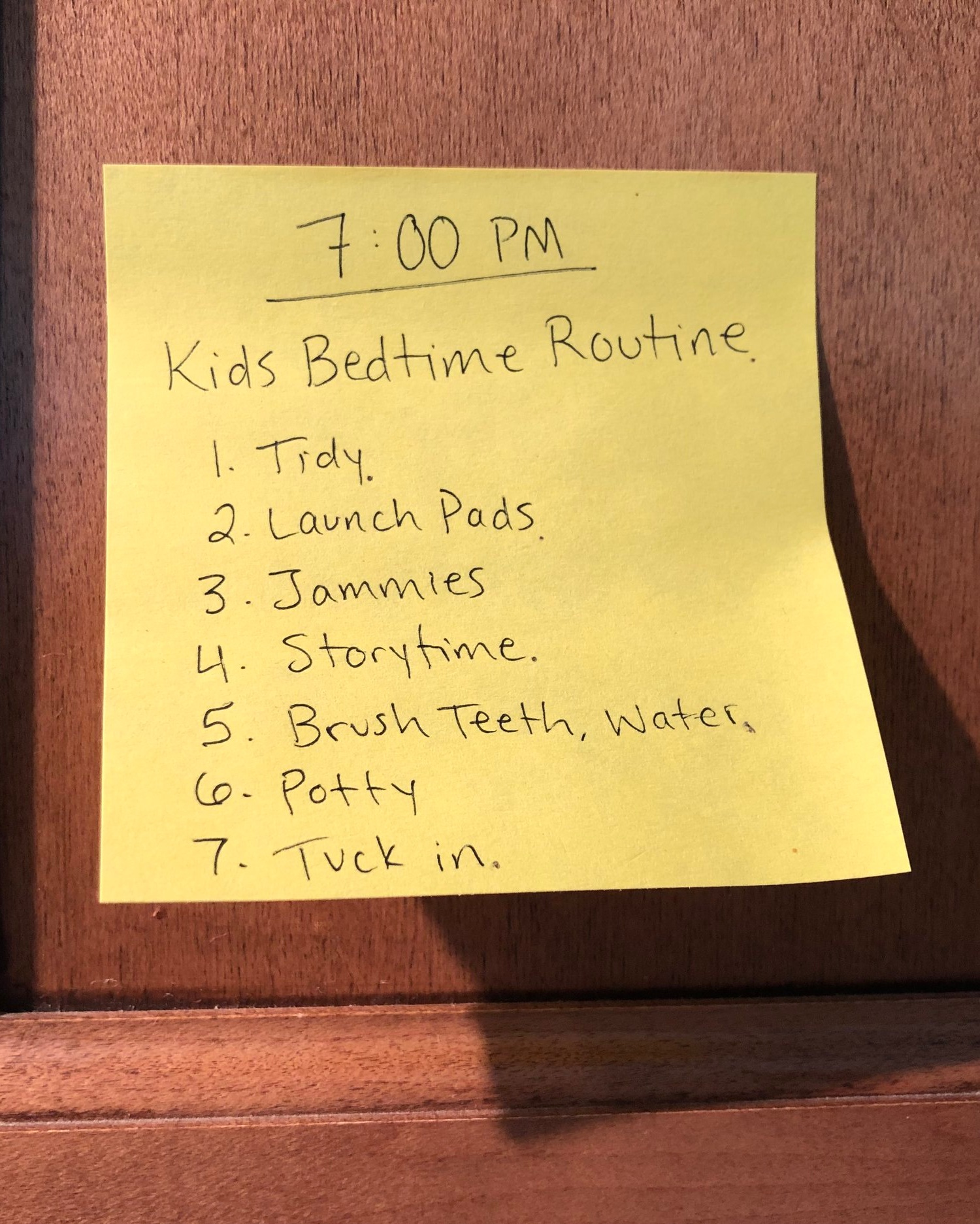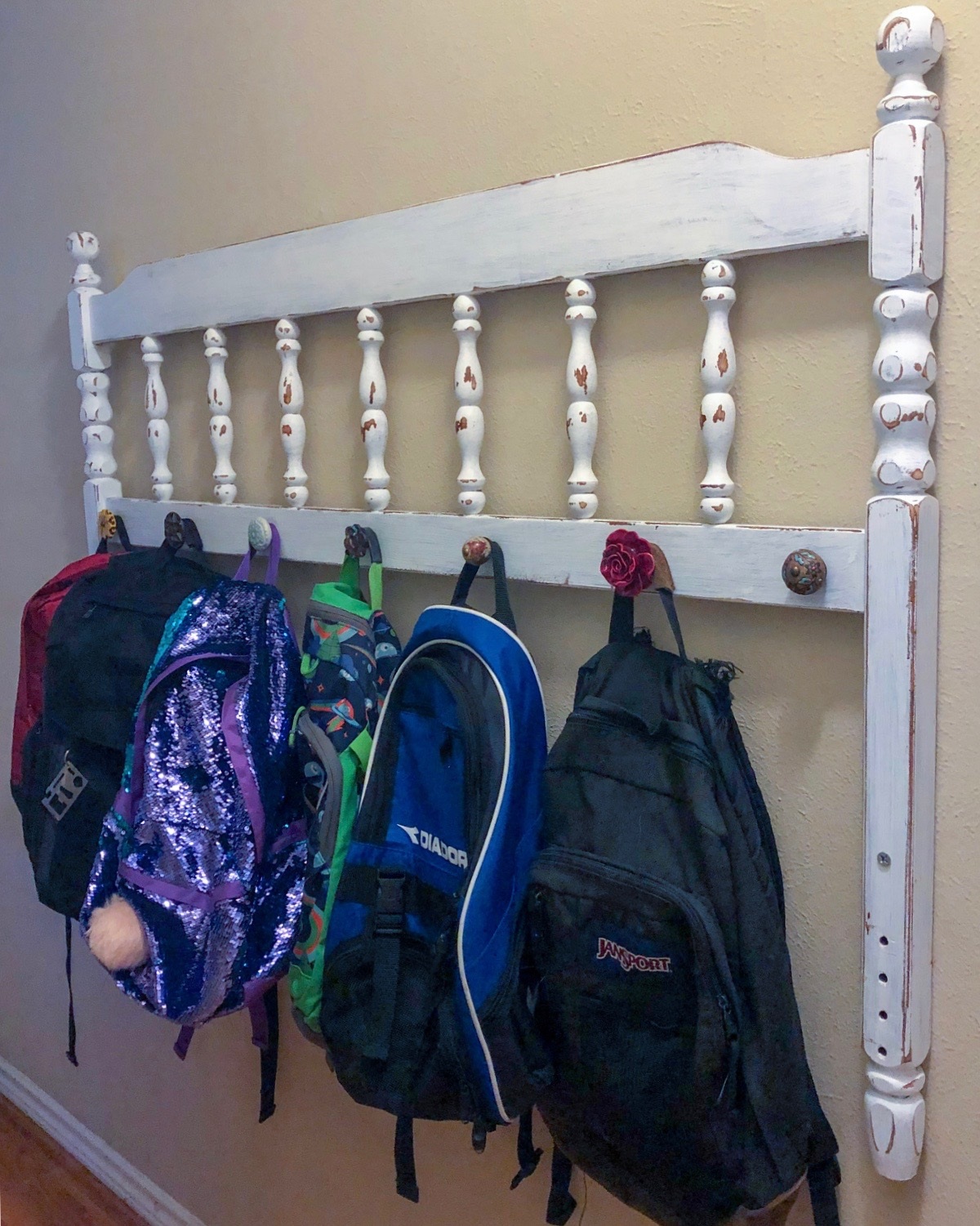3 KonMari Concepts and Teacher-Approved Tips for Back- to-School Success
/It’s been quite a while since my kids were school age (wah). They enjoyed school, but we really loved summer vacation. We were never thrilled when we’d see back-to-school reminders in July, but I will admit that we always enjoyed shopping for school supplies. There’s something so hopeful about starting a new year with brand new pencils and crayons.
My babies about 20 years ago
Having said that, I’m sure things have changed. So even though I know KonMari principles can help make the school year more peaceful, I wanted teachers and parents who are currently in the midst of the adventure to weigh in with their best advice. I talked to lots of them and they all kindly answered my questions, but I’m highlighting these 4 people because their ideas were extra helpful:
Autumn Wolfenbarger of The Passionate Homemaker has 7 children; the oldest is starting college, the youngest is 9 months old. Check out her blog - she’s a wonderful writer. The article about meal planning is definitely worth the read.
Alisha Green is a mom I met at one of our first KonMari Basics Workshops and she’s been encouraging me ever since. She is also a reading specialist, but I’m using her “mom” tips in this post.
Jennifer White
Beth McMichael
Jennifer White is a Master Teacher and has been working in elementary school classrooms for years. She knows how to motivate both students and parents.
Beth McMichael also has years of experience teaching elementary school, and her energy and enthusiasm is contagious.
We’ll start with the KonMari principles for school, then finish up with the teachers’ top tips.
KonMari Principles for School
Imagine your ideal day and establish a routine
One of the very first things you do in the KonMari process is imagine your ideal life. This actually works great when you adapt it to a school day. Gather everyone around the dinner table or take your kids out for frozen yogurt or something if it’s easier to stay focused. Go around the table and ask each person to think about what would make school days great for them.
Alisha said getting through the morning routine without either her or her child crying would be wonderful.
Maybe your child would like to have pancakes for breakfast every day. Or have a delicious homemade lunch packed for them with an encouraging note inside their lunchbox. Maybe you’d like it if your children packed their own lunches. They might want to stay in bed until the last minute while still getting to school on time. You might like to have a nice breakfast, have everything packed and ready to go the night before, and leave the house with time to spare. I know when my girls were small, I wanted to have a calm, nag-free morning and drop them off at school on time with everyone ready to start the day in a happy mood. Full disclosure - it didn’t always go that way.
Thinking through and imagining what the next day will be like can be a game-changer.
Alisha said, “Truly the original chaos of our morning routine was suffocating! Now, even through the summer evenings, we talk about the morning routine for the next day. Knowing whether to be in “relaxed mode,” “church mode” or “on school time” has transformed our life.” What a great idea! Talking about what’s happening the next day can help everyone be mentally prepared.
Teacher Jennifer White says “children do so much better when they know what’s going to happen next. I use visual schedules so kids can see what the schedule for the day is, which is comforting, especially for children who are hypersensitive to structure.”
Autumn agrees that having a routine is important. She says “The most important thing I do to prepare my family for the first week of school is to write down a routine and start rehearsing at least a week in advance. Our Before Bed Routine is of utmost importance! It sets everyone up for a good morning.”
Visual schedule
Nightly routine
For the last week or so, I’ve been gradually putting my kids to bed earlier. They naturally have started waking earlier, and my rule is that they play quietly in their bedrooms until a set time so that I can complete my personal morning routine in peace. It doesn’t always work out that way, but sometimes I get what I want!”
Then we do the usual bedtime things like pajamas, hygiene, a bedtime story… or three. As I tuck them into bed, I like to ask what their favorite part of the day was.”
What a sweet way to end the day.
Tidy your child’s clothing
Tidying with the KonMari Method™ is done in a specific order, clothes being the first category we tackle. Going through your children’s clothes with them can make the mornings far less hectic. It’s worth doing. Take a couple hours and help them pull all their clothes out of closets and dressers, then have them go through each item one by one and let them decide what sparks joy for them. Even children as young as 3 or 4 will usually know which things they like and which they don’t. The cute little three-year old below knew exactly which clothes she wanted to keep, and which she wanted to release.
If you’re not sure the clothing they keep still fits, have them try things on. The goal is to make sure they like everything in their closet, it all fits, and it’s in good repair. (Of course, you’re the parent - if they want to get rid of something you feel they should keep, you have the last word.)
Getting their room tidy, especially their clothing, can make getting ready in the morning so much easier. If it helps, have them lay out their clothes the night before. This is a pic from about 20 years ago of my Carly’s clothes all laid out nice and neat. Her undies were even tucked into the jeans.
carly’s outfit planning
Alisha and her daughter
One mom I know helps her sons pick out 5 outfits at the beginning of the week so they only have to make decisions about what to wear once.
Alisha says, “On a personal note, since my house is now in peaceful order and has an easy routine, I turned my full focus to helping my daughter learn and discover the peace of KonMari. Making her room her own was very liberating. The method of KonMari has helped us through this journey and I am actually joyful in tackling the next task, whatever it may be. Mrs. Sue, thank you for teaching us!”
Find a place to store everything
My friend Lori has four children, and they’re always going out and about on some adventure. She bought a piece of furniture thinking it was a headboard and was too embarrassed to return it when she figured out it was a footboard, and not even the right size for her bed. So she let each of her children choose a drawer pull, attached them to the footboard and hung it on the wall. Their backpacks are always hung up and ready to go.
Autumn has gone through the KonMari Method like Alisha, so most everything in her home has a place. She says, “In the evenings we work as a team to quickly tidy the main living areas of our home. Then they are expected to set up their Launch Pads.
‘What’s a Launch Pad?’ you might be wondering. It’s basically everything they need to take with them or on them when they walk out the door the next morning. Clothes, shoes, jackets, backpacks, lunches. For parents, getting the coffee maker ready for the next morning might be part of your launch pad!”
Putting her child’s things in cubbies by the door has been really helpful for Alisha and her daughter “because she knows which cubby we’ve pre-placed those school supplies or church essentials or swim items. Quite a bit of time and thought went into how to best use the little entry space! That small sacrifice was well worth leaving the morning tears behind.”
Fewer tears means a better start to the day not only for you and your child, but for their fellow classmates and teacher as well. Jennifer says that happier, well-rested children are better able to concentrate and learn. Here are some more tips from my teacher friends.
Teachers’ top tips
Buy exactly what they have on the supply list
If they say, “get one green, one red, and one blue folder” get exactly that. Jennifer uses color-coded folders for each subject, and says, “take out your blue folder, it’s time for science.” It keeps the class moving along if the children don’t have to figure out whether Sponge Bob or Spiderman is for science. Some schools offer a “school toolbox” you can buy ahead of time that includes everything your child needs. The school gets a portion of the proceeds from the sale of these kits. Autumn took advantage of this. “Regarding school supplies, my favorite thing is a service offered at our school (and others around the country) where you can buy your child’s required supplies as a bundle, and it will be delivered to your child’s classroom before the first day of school.”
If you want to make your child’s teacher really happy, send in extra Kleenex and Lysol disinfecting wipes throughout the year. They both said they always run out and end up buying these things themselves.
All the teachers I spoke to recommended Ticonderoga pencils. A teacher posted this pencil comparison on FB last year and it went viral.
I looked at several school supply lists, and most of them specified these exact pencils. They also specified Elmer’s glue and Crayola crayons. The teachers know what they’re talking about. Get what they ask for.
Foster independence
Don’t do anything for the child that he or she can do for themselves. If your child takes a packed lunch, involve them in packing it the night before. There are tons of good ideas for making this chore easier on Pinterest. Don’t do their homework for them or bring their homework to school if they forget it. All of the teachers I spoke to said it’s important to let your children fail sometimes. It’s the best way for them to learn.
Show up on time and don’t miss class
Following some of the suggestions above should help get you and your children out the door on time in the mornings. Coming in late is disruptive to the entire class and starts the day badly. Beth suggested that you do your best to schedule appointments after school hours as well. Missing even 30 minutes a couple times a month really adds up over the course of a year.
Your children’s teacher wants your child to succeed as much as you do. Working with them by getting the supplies they request, encouraging independence, and showing up on time can help make this year great!
I hope some or all of these tips are useful to you. And if you need someone to help your child KonMari their clothing - call me! I LOVE that part of my job!
Happy tidying!
Sue Fehlberg is Arkansas’ only Certified KonMari Consultant















